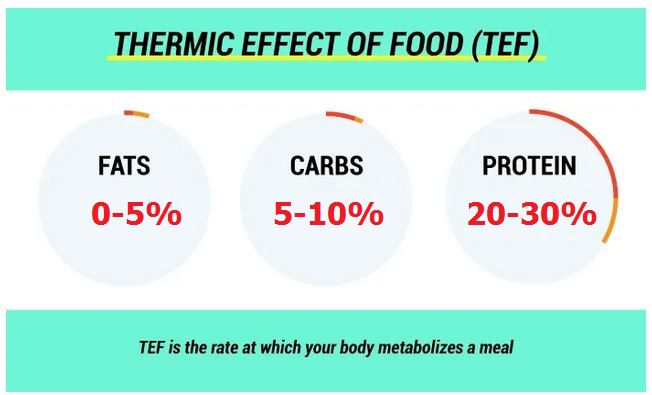Why We Need to Build Muscles to Lose Fat
What is metabolism?
You might have heard before that we should build muscles to lose fat. Let's see precisely what that means.
Fat Cell
Metabolism depends on three things: age, sex, and body composition.
Body composition. People with more muscle mass burn more calories even when they rest.
When we age, we lose muscle mass, and that decreases our metabolism.
Sex. Due to their nature and more significant amounts of testosterone, men have more muscles than women of the same age; therefore, they burn more calories.
Which of these three can we affect and change? That's right, only our body composition or muscle mass. By the way, the more muscles we build when we are young, the faster our metabolism will be when we age.
Another thing we need to consider is the thermic effect of food (TEF). TEF is the amount of energy it takes for our body to digest food and turn it into energy. It takes up to 10% of our daily calorie intake (if our diet is healthy and balanced), which is quite a lot. It takes our body a different number of calories to process a different kind of food. For instance, sugar doesn't need much effort to convert into energy, as it goes straight into our bloodstream. Beef steak is harder to digest and requires more energy to process.
When new trainees want to lose weight, they are often on the treadmill running and sweating, trying to burn fat, and of course, they go on a diet and try to eat less. They burn a few pounds, and then they stagnate.
Do you know how many calories you burn in an hour of a steady-paced run on a treadmill? You can Google it. The answer is 150-200 calories, and yes, that is so little! Therefore, running more and eating less doesn't necessarily bring the desired outcome because it's nearly impossible to run all day long and stop eating completely.
Now we are back to our topic of muscle mass. Instead of running all day, it is more effective to practice resistance training which builds and maintains our muscles and increases our metabolism. I don't encourage excessive eating, but the more muscle mass we maintain, the more we can eat without being afraid every single calorie will turn into fat.
The primary role of cardiovascular training is to make your heart healthy while not specifically burning fat, although you will burn some fat as well. The term cardiovascular is based on cardio, which means heart, and vascular, which means blood vessels.
It is more than enough information to digest for today. Take your time, make your calculations, and conclude which training is more effective for you.



.png)
Comments
Post a Comment